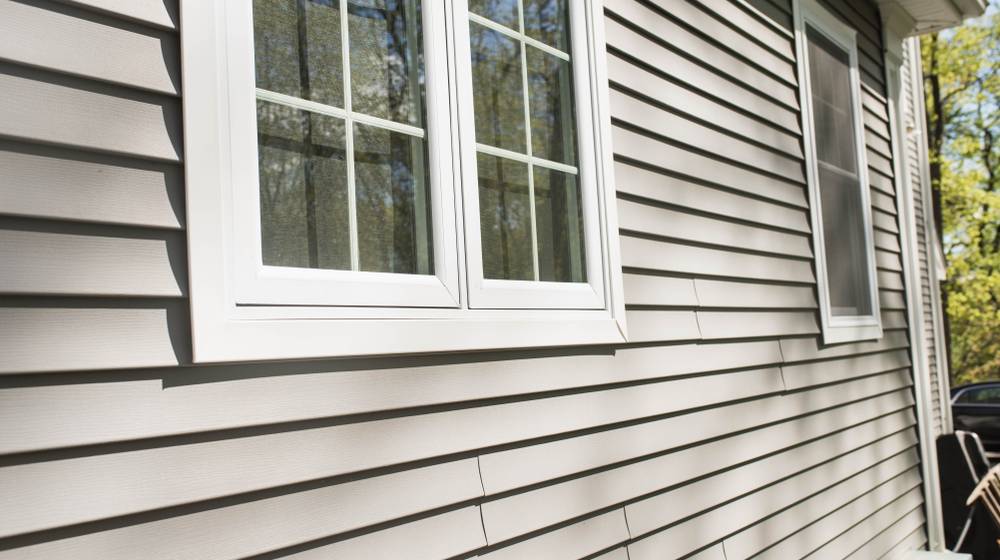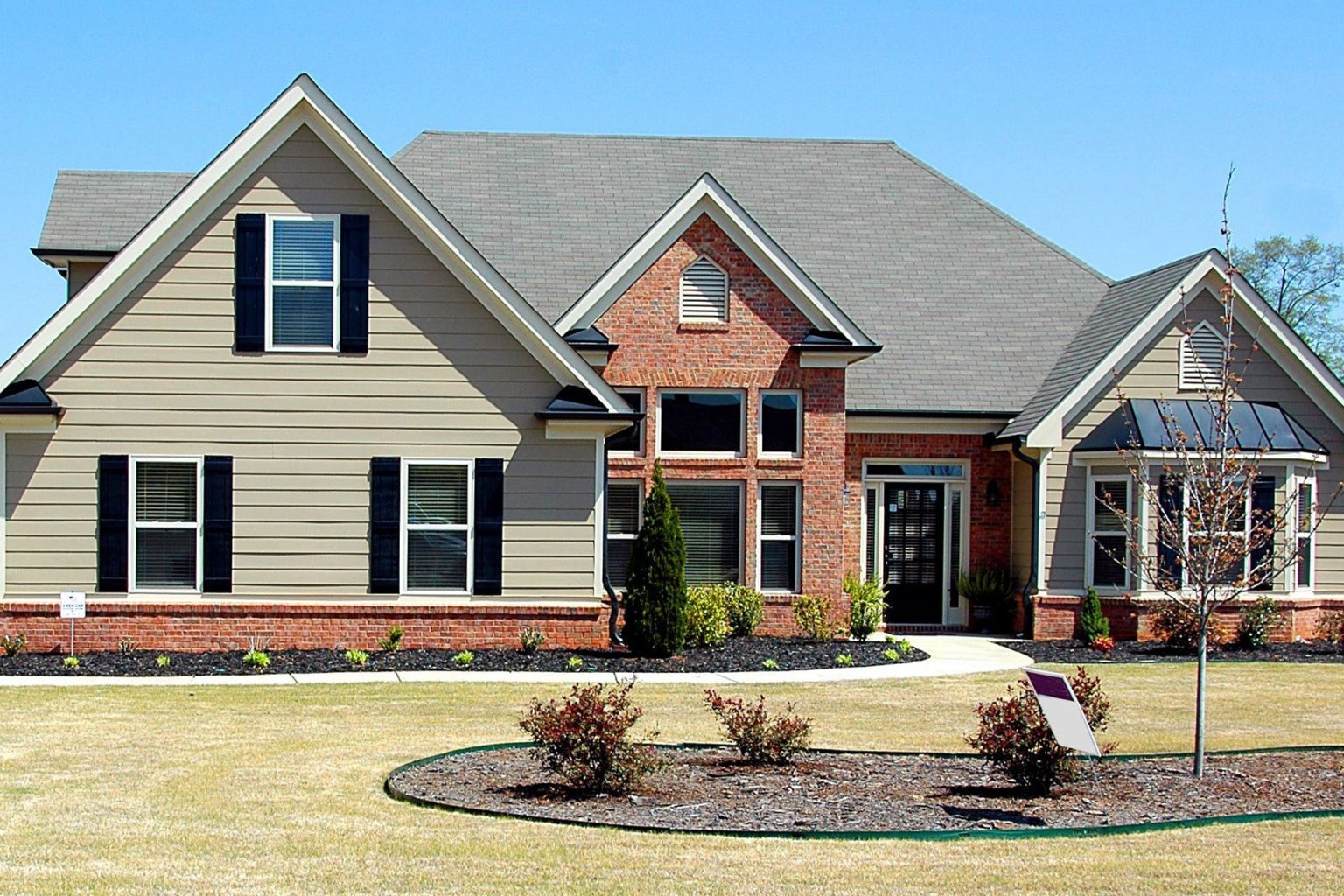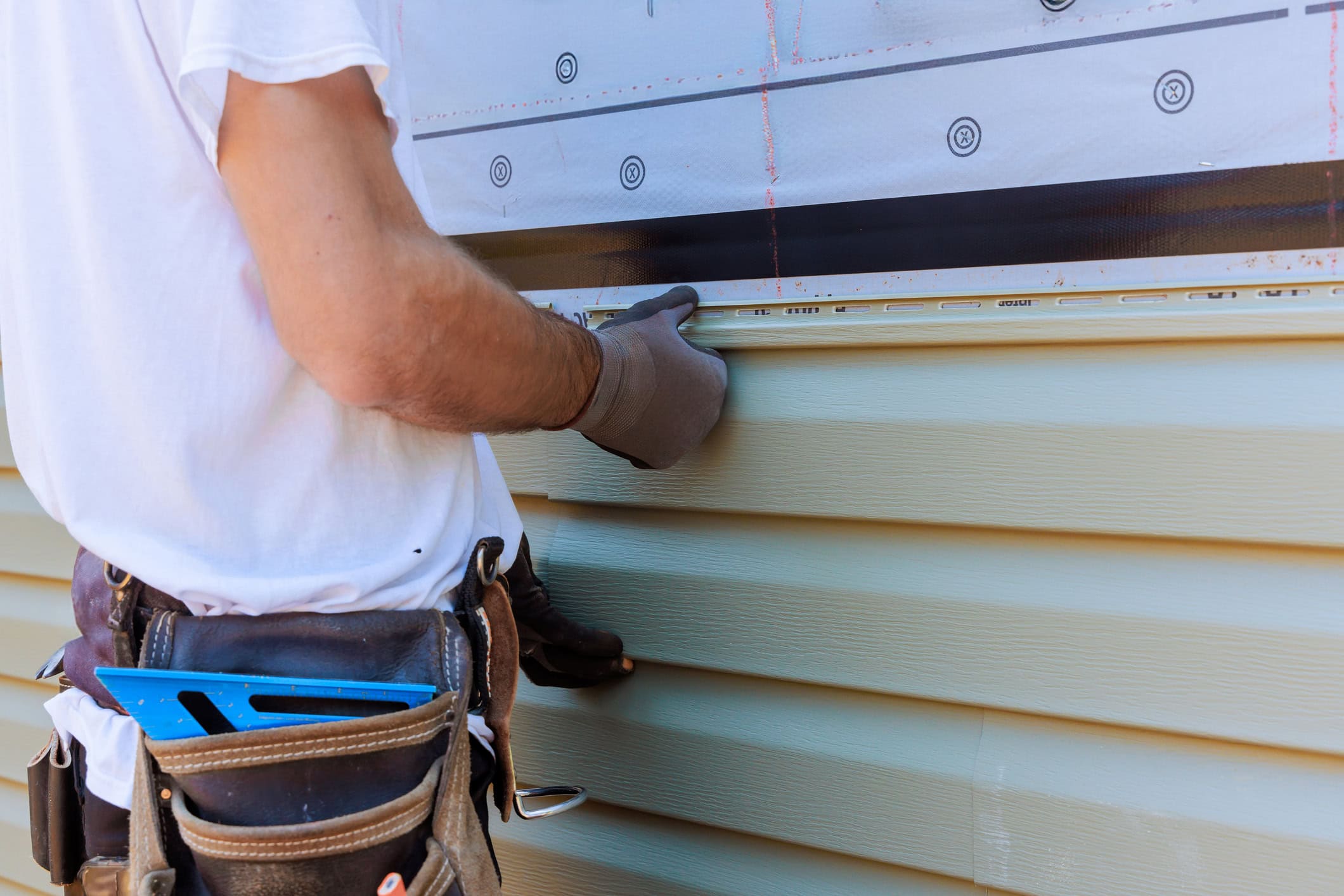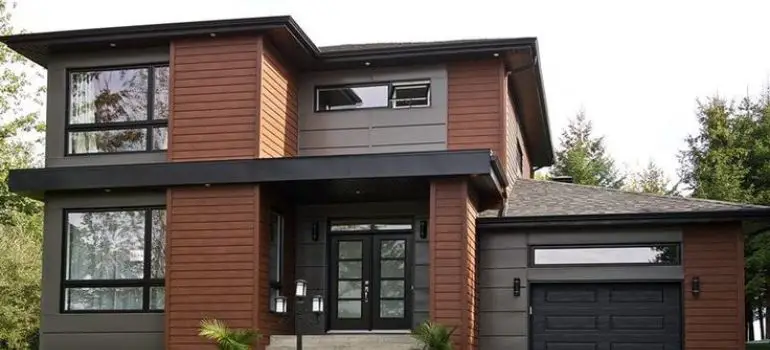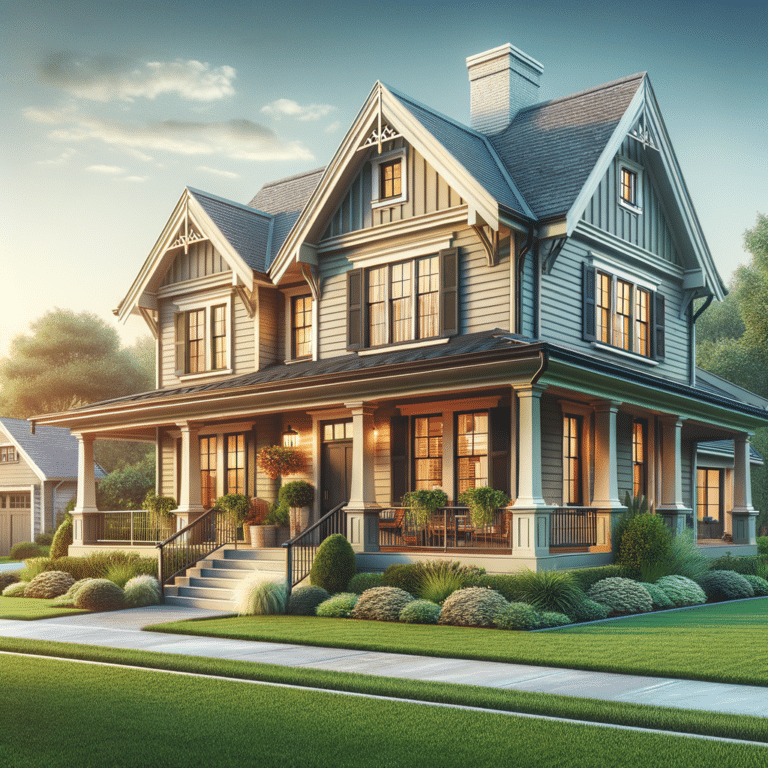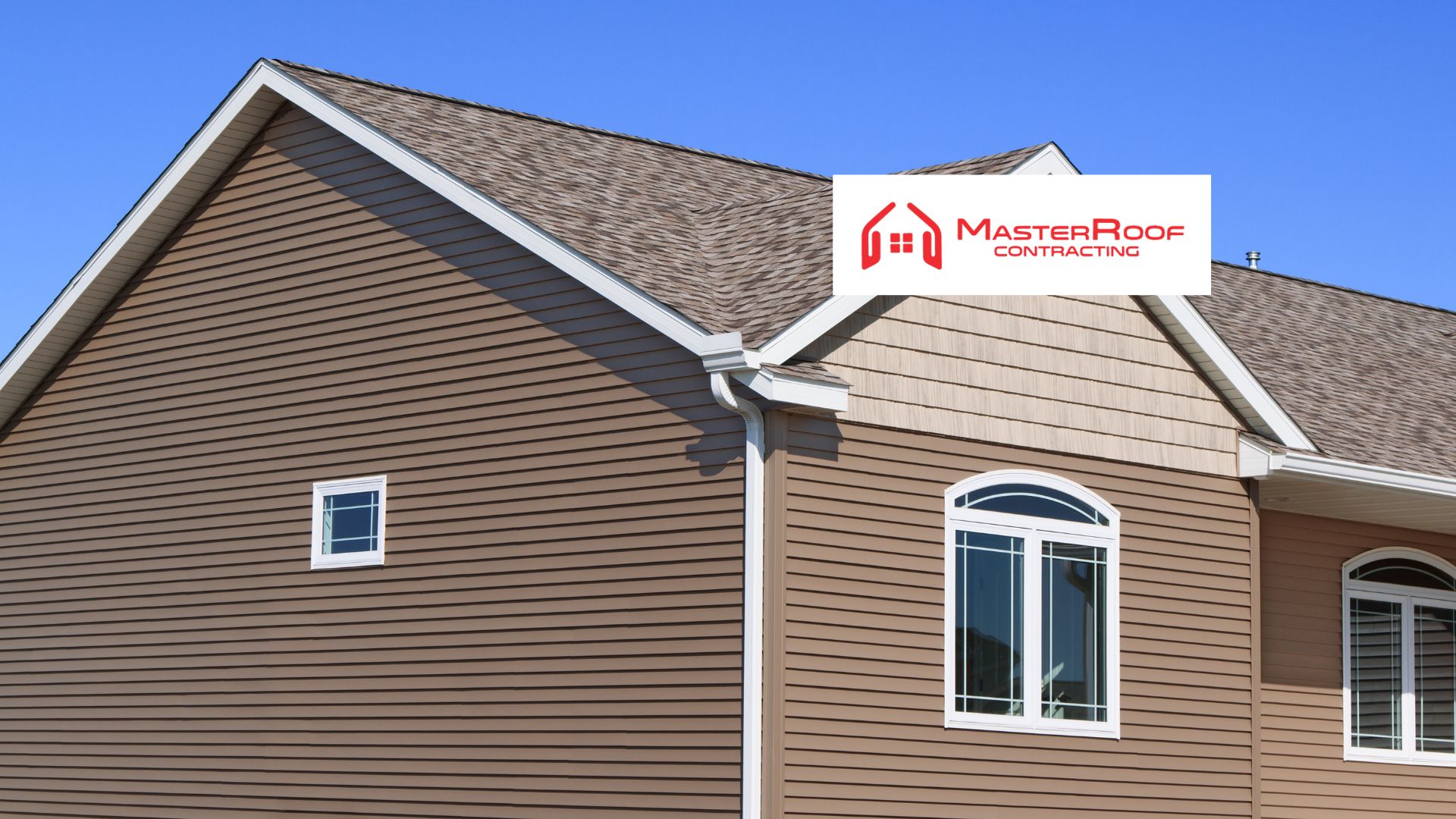Wood Siding: A Comprehensive Guide
Wood siding, a timeless classic, offers a blend of natural beauty and durability that elevates any home. From the rich textures of cedar to the warm tones of redwood, the choice of wood siding opens a world of aesthetic possibilities. This guide delves into the various types of wood, installation techniques, maintenance strategies, environmental considerations, and cost analysis, providing a comprehensive overview for homeowners and professionals alike. We’ll explore the advantages and disadvantages of different wood species, offering insights to help you make informed decisions about this enduring exterior cladding.
Understanding the nuances of wood siding selection and installation is crucial for maximizing its lifespan and aesthetic appeal. This guide will equip you with the knowledge to choose the right wood for your climate, budget, and style preferences. We will cover everything from proper installation techniques to effective maintenance strategies, ensuring your wood siding remains a stunning feature of your home for years to come. We’ll also examine the environmental implications of choosing wood siding and compare it to other options.
Types of Wood Siding
Choosing the right wood siding for your home involves considering several factors, primarily the type of wood, its inherent properties, and its long-term cost implications. Different wood species offer unique aesthetic qualities, levels of durability, and maintenance requirements. Understanding these differences is crucial for making an informed decision.
Wood Siding Options and Their Characteristics
The selection of wood for siding is vast, but some species stand out for their popularity and performance. Each offers a distinct balance of durability, maintenance needs, and visual appeal.
| Wood Type | Durability | Maintenance | Cost |
|---|---|---|---|
| Cedar | High; naturally resistant to rot and insects. Expect a lifespan of 20-30 years or more with proper maintenance. | Moderate; requires periodic cleaning and staining or sealing every 3-5 years to protect against weathering. | Medium to High; generally more expensive than pine but less so than redwood. |
| Redwood | Very High; naturally resistant to rot, decay, and insects, offering exceptional longevity. Can last 40 years or more. | Low to Moderate; requires less frequent maintenance than cedar, though periodic cleaning and occasional staining or sealing are still recommended. | High; typically the most expensive wood siding option due to its superior durability and resistance to the elements. |
| Pine | Medium; less naturally resistant to rot and insects than cedar or redwood. Lifespan can vary greatly depending on climate and treatment. | High; requires more frequent maintenance, including regular staining or sealing to protect against damage. May need more frequent repairs. | Low to Medium; generally the most affordable wood siding option. |
Cost-Effectiveness Considerations
The initial cost of wood siding is only one aspect of its overall cost-effectiveness. Factors like lifespan, maintenance frequency, and potential repair costs should be considered. While pine offers a lower upfront cost, its shorter lifespan and higher maintenance needs can lead to greater long-term expenses. Conversely, the higher initial investment in redwood or cedar is often offset by their extended lifespan and reduced maintenance requirements. For example, a homeowner might save money in the long run by choosing redwood despite its higher initial price because it needs fewer repairs and less frequent maintenance over its extended life. This makes a comprehensive cost analysis essential before making a final decision.
Installation Methods
Installing wood siding is a multifaceted process requiring careful planning and execution to ensure a durable and aesthetically pleasing result. Proper installation techniques are crucial for preventing water damage, rot, and other issues that can compromise the longevity and structural integrity of the siding. This section details the necessary steps, tools, and best practices for successful wood siding installation.
Tools and Materials
A successful wood siding installation necessitates a comprehensive collection of tools and materials. These items ensure accurate measurements, efficient cutting, secure fastening, and a professional finish. Improper tools can lead to inaccurate cuts, damaged materials, and a less-than-perfect installation.
- Measuring tape: Accurate measurements are paramount for efficient material usage and precise cuts.
- Level: Ensures that the siding is installed straight and plumb, preventing unsightly imperfections.
- Circular saw or hand saw: Used for cutting the wood siding to the required lengths and angles.
- Hammer or nail gun: Secures the siding to the wall sheathing.
- Drill with appropriate drill bits: For pre-drilling pilot holes to prevent wood splitting, particularly with harder wood species.
- Safety glasses and gloves: Essential for protecting the installer from injury during the process.
- Wood siding: Choose the type of wood and style that best suits the project’s aesthetic and budget.
- Flashing: Provides a water-resistant barrier at vulnerable points such as corners, windows, and doors.
- Caulk: Seals gaps and cracks to prevent water infiltration.
- Nails or screws: Fasteners appropriate for the type of wood siding and wall sheathing.
- Underlayment (house wrap): Acts as a water-resistant barrier behind the siding.
Step-by-Step Installation Guide
This guide outlines a typical installation process. Variations may be necessary depending on the specific type of siding and building design.
- Preparation: Begin by preparing the wall surface. This includes ensuring the sheathing is sound, removing any debris, and installing house wrap for added protection against moisture. A visual representation would show a clean wall surface with the house wrap neatly applied. The image would highlight the importance of a smooth, even surface for proper siding installation.
- Installing Starter Strips: Install horizontal starter strips at the bottom of the wall, ensuring they are level and plumb. This provides a consistent base for the rest of the siding. An image would depict a perfectly level starter strip installed along the base of a wall, showing its alignment with a level tool.
- Installing the First Course of Siding: The first course of siding is installed over the starter strips, ensuring proper overlap and alignment. An image here would display the first row of siding neatly fastened, showcasing proper spacing and overlap.
- Installing Subsequent Courses: Continue installing courses of siding, ensuring consistent overlap and alignment with previous courses. An image would show multiple courses of siding installed, illustrating the consistent pattern and proper overlapping.
- Installing J-Channel and Corner Trim: J-channel is used to finish the edges and corners of the siding, providing a neat and professional look. A detailed image would show the J-channel installed at an exterior corner, creating a clean, finished edge. Another image could showcase the use of corner trim for a similar purpose, highlighting its aesthetic benefits.
- Finishing Touches: After installing all siding, apply caulk to seal any gaps or cracks. An image would show the application of caulk to seal gaps between the siding and trim, highlighting its role in preventing water damage.
Best Practices for Preventing Water Damage
Preventing water damage is paramount for the longevity of wood siding. Careful attention to detail during installation significantly reduces the risk of future problems.
- Proper flashing installation at all vulnerable points, such as around windows, doors, and corners, is crucial for diverting water away from the wall.
- Ensure adequate ventilation behind the siding to prevent moisture buildup. This might involve leaving small gaps or using vented siding.
- Use high-quality, weather-resistant wood siding and sealants.
- Regularly inspect the siding for any signs of damage or deterioration and address issues promptly.
Maintenance and Care
Proper maintenance is crucial for extending the lifespan and preserving the aesthetic appeal of your wood siding. Regular care prevents damage from the elements and pests, maintaining your home’s curb appeal and value. Neglecting maintenance can lead to costly repairs down the line, including rot, warping, and insect infestation.
Routine Maintenance
Routine maintenance involves regular inspections and minor cleaning tasks. These tasks should be performed at least twice a year, in spring and fall, to address any potential issues before they become significant problems. This proactive approach minimizes the need for extensive repairs and ensures your siding remains in optimal condition.
Cleaning Wood Siding
Cleaning wood siding removes dirt, mildew, and other debris that can accumulate over time. A simple solution of mild detergent and water, applied with a soft-bristled brush, is usually sufficient for regular cleaning. For more stubborn stains, a pressure washer can be effective, but it’s crucial to use a low-pressure setting to avoid damaging the wood. Always rinse thoroughly with clean water after cleaning. For mildew, a solution of bleach and water (one part bleach to three parts water) can be effective, but be sure to test it on an inconspicuous area first. Always wear appropriate safety gear, including gloves and eye protection, when cleaning with bleach.
Protecting Wood Siding from the Elements
Protecting wood siding from the elements is essential for its longevity. Regular application of a high-quality water-repellent sealant helps prevent moisture absorption, reducing the risk of rot and warping. The frequency of sealant application depends on the type of sealant used and the climate, but generally, it’s recommended every 2-3 years. Consider using a sealant that also offers UV protection to help prevent fading and discoloration. Properly maintained gutters and downspouts also play a crucial role in protecting siding by diverting water away from the house’s foundation and walls.
Common Problems and Solutions
Several common problems can affect wood siding. Rot, caused by moisture damage, is a serious issue that often requires replacing affected boards. Early detection is key; look for soft, discolored wood or areas that feel spongy to the touch. Insect infestations, such as termites or carpenter ants, can also cause significant damage. Regular inspections and professional pest control treatments are crucial for prevention. Cracks and gaps in the siding can allow moisture to penetrate, leading to rot and other problems. These should be repaired promptly using appropriate wood filler and sealant. Finally, warping or cupping of the siding can occur due to moisture fluctuations. This is often more of a cosmetic issue but can be addressed by sanding and refinishing.
Regular Maintenance Checklist
A regular maintenance checklist ensures consistent care and helps identify potential problems early.
- Inspect siding twice yearly (spring and fall) for damage, rot, insect infestation, and loose boards.
- Clean siding with mild detergent and water, or a pressure washer on a low setting, at least once a year.
- Apply a water-repellent sealant every 2-3 years, or as needed.
- Repair any cracks, gaps, or damaged boards promptly.
- Schedule professional pest control inspections and treatments as needed.
- Maintain gutters and downspouts to ensure proper water drainage.
Environmental Impact
Choosing wood siding involves considering its environmental footprint alongside its aesthetic and practical benefits. A comprehensive assessment requires examining the sourcing of the wood, the manufacturing process, and the ultimate disposal or repurposing of the material, comparing it to the lifecycle impacts of alternative siding options.
Wood siding, when sourced responsibly, offers a relatively sustainable option compared to many alternatives. However, unsustainable forestry practices can negate these benefits, highlighting the importance of responsible sourcing and certification. Manufacturing processes also contribute to the overall environmental impact, from energy consumption to waste generation.
Sourcing and Manufacturing Processes
The environmental impact of wood siding begins with its sourcing. Sustainable forestry practices, such as those certified by the Forest Stewardship Council (FSC), ensure that trees are harvested responsibly, minimizing damage to ecosystems and promoting reforestation. Conversely, unsustainable logging can lead to deforestation, habitat loss, and soil erosion. The manufacturing process itself involves energy consumption for cutting, milling, treating (e.g., pressure-treating with preservatives), and transporting the wood. The type of treatment used can also have significant environmental implications, with some preservatives posing greater risks than others. Waste generation during manufacturing is another factor to consider, including sawdust and wood scraps. Minimizing waste through efficient production methods and finding alternative uses for byproducts are crucial aspects of environmentally responsible manufacturing.
Carbon Footprint Comparison
The carbon footprint of building materials is a key indicator of their environmental impact. Wood, being a naturally carbon-sequestering material, can store significant amounts of carbon dioxide throughout its lifecycle. This stored carbon offsets some of the emissions associated with its production and transport. However, the overall carbon footprint of wood siding depends heavily on the sourcing and manufacturing practices. Comparatively, vinyl siding often has a higher carbon footprint due to its reliance on fossil fuels in its production. Fiber cement siding, while potentially more sustainable than vinyl, still involves energy-intensive manufacturing processes and the use of cement, which has its own environmental consequences.
- Wood Siding: Lower embodied carbon compared to vinyl, especially with sustainably sourced wood. Carbon sequestration potential offsets some manufacturing emissions. However, transportation and treatment processes contribute to the overall footprint.
- Vinyl Siding: High embodied carbon due to reliance on fossil fuels in manufacturing. Non-biodegradable and contributes to landfill waste.
- Fiber Cement Siding: Moderate embodied carbon, higher than wood but lower than vinyl. Manufacturing involves energy-intensive processes and cement production, which has significant CO2 emissions. Durable and long-lasting, reducing the need for frequent replacements.
Aesthetic Considerations
Wood siding offers a remarkable versatility in aesthetic appeal, allowing homeowners to achieve a wide range of styles and visual effects for their homes. The choice of wood type, finish, and installation pattern significantly impacts the overall look and feel, contributing substantially to a home’s curb appeal and architectural harmony. Careful consideration of these factors can transform a house into a stunning reflection of personal style and design preferences.
Styles and Finishes of Wood Siding
The visual impact of wood siding is greatly influenced by the style and finish chosen. A variety of profiles are available, from traditional clapboard and shiplap to more contemporary options like board-and-batten and vertical siding. Finishes range from natural, showcasing the wood’s grain and color variations, to stained or painted surfaces that offer protection and a customized aesthetic. Natural finishes allow the wood to weather gracefully over time, developing a rich patina. Stained finishes enhance the wood’s natural beauty while offering protection against the elements. Painted finishes provide a clean, uniform look, allowing for a wide array of color choices to complement the overall home design. The selection depends on the desired aesthetic and the level of maintenance desired.
Wood Siding and Architectural Styles
Wood siding complements a diverse range of architectural styles. For instance, traditional clapboard siding is a classic choice for Colonial, Victorian, and Cape Cod homes, lending an air of timeless elegance. Shiplap siding, with its clean lines and horizontal orientation, works well with modern farmhouse and Craftsman styles, creating a rustic yet sophisticated look. Board-and-batten siding, characterized by its vertical planks and reveals, adds a contemporary touch to modern and minimalist designs. The use of different wood species can further enhance the architectural integration. For example, cedar siding’s reddish hue might be ideal for a rustic cabin, while the lighter tones of redwood would suit a contemporary beach house.
Design Ideas for Enhanced Curb Appeal
Strategic use of wood siding can dramatically enhance a home’s curb appeal. Consider using contrasting colors or textures to create visual interest. For example, using darker wood siding on the lower portion of the house and lighter siding on the upper levels can add depth and dimension. Adding decorative accents such as corner boards, window trim, or decorative fascia boards can further elevate the design. The integration of different siding patterns, such as a combination of horizontal and vertical siding, can create a visually striking effect. The careful placement of windows and doors in relation to the siding can also greatly enhance the overall aesthetic appeal. Finally, landscaping choices can complement the wood siding, creating a harmonious and visually pleasing exterior.
Design Options Illustrated
Imagine a Craftsman-style home featuring wide, horizontal shiplap siding in a warm, honey-toned stain. The natural wood grain is subtly visible, adding texture and warmth to the exterior. Dark brown trim around the windows and doors creates a striking contrast, emphasizing the architectural details. This complements the stone foundation and the surrounding landscaping, which includes mature trees and well-manicured lawns. In contrast, consider a contemporary home with vertical board-and-batten siding in a clean white paint. The sleek, modern lines of the siding are accentuated by large windows and a minimalist landscape design. The clean, crisp look is both stylish and sophisticated. A third example might be a rustic cabin clad in rough-hewn cedar siding, its natural reddish-brown color blending seamlessly with the surrounding forest. The natural texture of the wood adds character and warmth, creating a cozy and inviting atmosphere.
Cost Analysis
The overall cost of wood siding is a multifaceted issue, influenced by a complex interplay of factors. Understanding these factors is crucial for homeowners planning a siding project, enabling informed budgeting and realistic cost projections. This analysis will detail the key cost components, offering a comparative perspective against other siding materials.
Factors Influencing Wood Siding Costs
Several key factors significantly impact the final cost of a wood siding project. These include the type of wood chosen (with cedar and redwood commanding higher prices than pine or fir), the complexity of the installation (e.g., intricate designs or difficult-to-access areas increase labor costs), the regional variations in material and labor rates, and the extent of any necessary repairs or preparation to the existing wall structure. The quality of the installation also plays a vital role; a skilled and experienced installer will ensure longevity and minimize the risk of future problems, potentially offsetting higher upfront labor costs. Finally, the homeowner’s choice to use pre-finished siding versus on-site finishing will influence the final cost.
Cost Breakdown: Material, Labor, and Other Expenses
The total cost of wood siding is typically broken down into three main components: material costs, labor costs, and other associated expenses. Material costs encompass the purchase of the wood siding itself, fasteners, underlayment, and any necessary primers or sealants. Labor costs cover the professional installation of the siding, which includes preparation, installation, and cleanup. Other associated expenses might include permits, waste disposal fees, and the cost of any necessary repairs or replacements to the underlying wall structure. For example, a 1,500 square foot home might see material costs ranging from $6,000 to $15,000 depending on wood type and quality, labor costs from $5,000 to $12,000 depending on region and installer experience, and additional expenses potentially adding another $1,000 to $3,000.
Comparative Long-Term Cost-Effectiveness
While wood siding initially presents a higher upfront cost compared to vinyl or fiber cement siding, its longevity and potential for appreciation often make it a cost-effective choice in the long run. Vinyl siding, while inexpensive upfront, may require replacement more frequently due to susceptibility to damage from impact or UV exposure. Fiber cement, while durable, is often more expensive initially than wood and can be more challenging to install. The long-term cost-effectiveness of wood siding depends heavily on proper maintenance and timely repairs, mitigating potential costs from significant damage over time. For example, a high-quality wood siding installation with regular maintenance might last 50 years or more, while vinyl siding might require replacement every 15-20 years.
Cost Analysis Table
| Factor | Material Cost (USD) | Labor Cost (USD) | Total Cost (USD) |
|---|---|---|---|
| Low-Cost Pine Siding (1500 sq ft) | $6,000 – $8,000 | $5,000 – $7,000 | $11,000 – $15,000 |
| Mid-Range Cedar Siding (1500 sq ft) | $9,000 – $12,000 | $7,000 – $9,000 | $16,000 – $21,000 |
| High-End Redwood Siding (1500 sq ft) | $12,000 – $18,000 | $9,000 – $12,000 | $21,000 – $30,000 |
Wrap-Up
Ultimately, the decision to use wood siding hinges on a careful consideration of aesthetics, budget, and long-term maintenance. This guide has provided a detailed exploration of the various factors influencing this decision, from the inherent properties of different wood types to the cost implications and environmental impact. By understanding these aspects, you can confidently select and install wood siding that not only enhances the curb appeal of your home but also provides lasting value and beauty.
